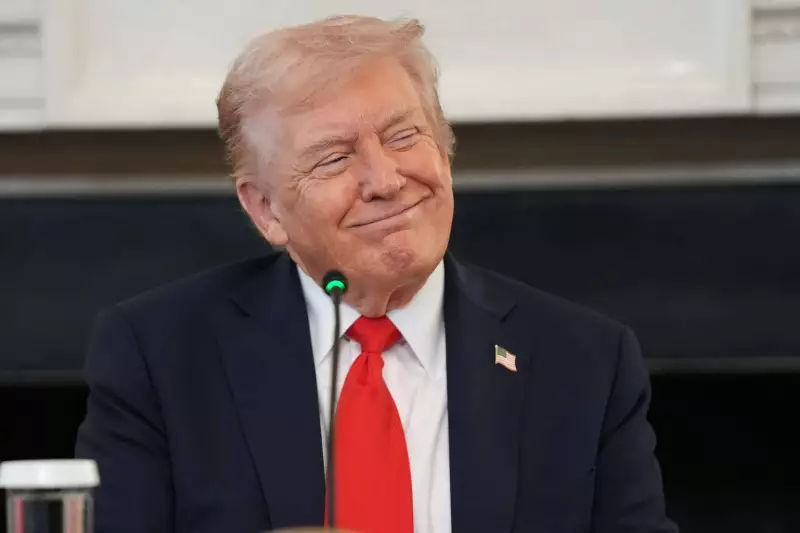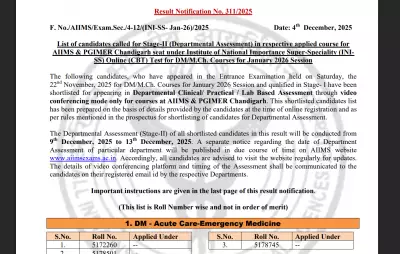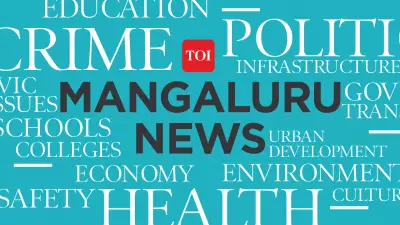
American higher education, long considered the global gold standard, is facing its most severe test in decades. A comprehensive analysis reveals 40 significant incidents that have systematically eroded academic freedom across US campuses, raising urgent questions about the future of intellectual discourse in the world's leading democracy.
The Silent Crisis in American Academia
What began as isolated campus controversies has evolved into a systematic pattern of challenges to academic freedom. From political interference in curriculum decisions to the cancellation of controversial speakers, American universities are increasingly becoming battlegrounds where intellectual diversity struggles to survive.
Political Pressure Intensifies
State legislatures and political groups have dramatically increased their involvement in university affairs. Several states have passed legislation restricting what can be taught about race, gender, and American history, creating a chilling effect on classroom discussions and research initiatives.
Campus Climate Under Microscope
The traditional model of universities as "marketplaces of ideas" is being tested like never before. Faculty members report increasing self-censorship, while students often hesitate to express unpopular opinions for fear of social or academic repercussions.
Key Areas of Concern
- Speaker Disinvitations: Growing trend of canceling controversial speakers
- Curriculum Restrictions: Political interference in course content
- Faculty Intimidation: Professors facing pressure over research topics
- Student Self-Censorship: Fear of expressing minority viewpoints
- Administrative Overreach: University policies limiting academic discourse
Global Implications
As international students and scholars watch these developments unfold, many are reconsidering their options. The reputation damage could have long-term consequences for US global leadership in higher education and research innovation.
What This Means for International Education
Indian students and academics, who constitute one of the largest international communities in US universities, are particularly affected. The changing campus environment may influence future decisions about studying and collaborating with American institutions.
The situation represents a critical juncture for US higher education. How American universities navigate these challenges will not only determine their future but could also redefine academic freedom standards worldwide. The coming academic year may prove decisive in whether US higher education can reclaim its nerve or continue its retreat from controversial discourse.





